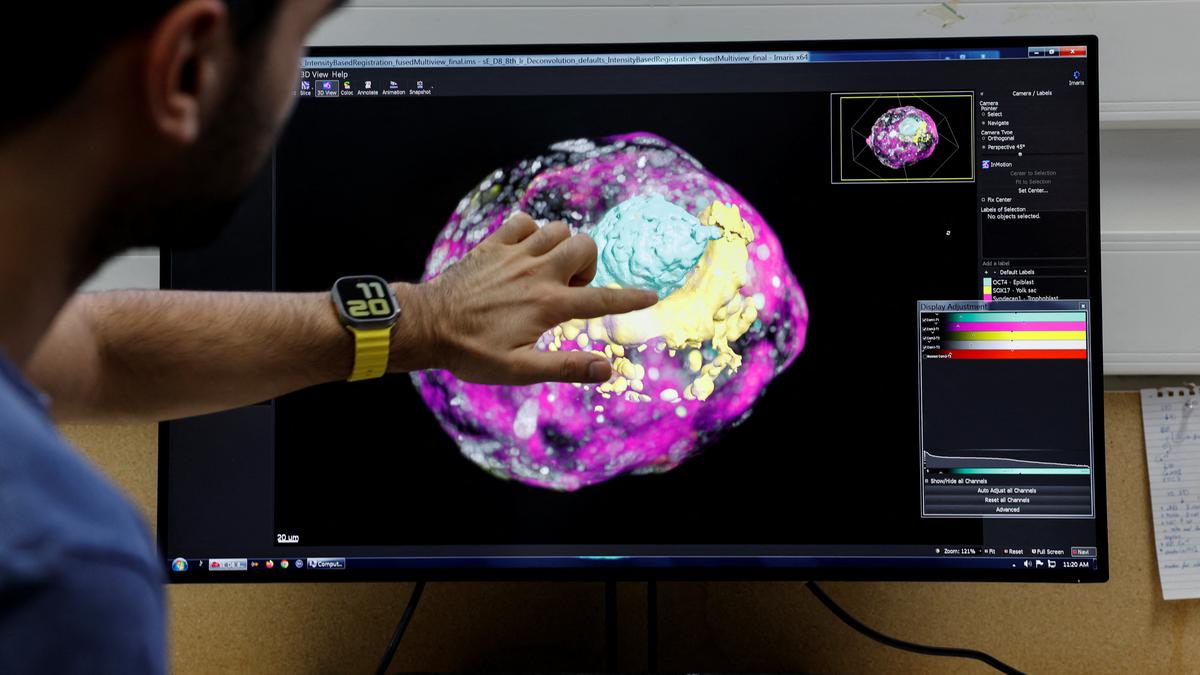Apocalyptic predictions date back thousands of years with the most recent Mayan doomsday prediction for 12/12/2012. We’ve been told we’re going to turn to dust, or worse, zombies. Yet, we’re still here in spite of a long string of seemingly hysterical worries by fringe groups around the world.
However, US company Vivos, based in California, is buying into the end-of-the-world hype and building the largest underground shelter ever. It’s called the Underground Shelter Network for Long-Term Survival of Future Catastrophes. Vivos planners are confident the service will one day be needed.
The Main Credible Threats To Humanity
The probability that humanity will fail to survive another century has been estimated to be between 20% to 50%. It’s unlikely the undead will be roaming the streets but there are real threats to consider:
1. An asteroid collision with the earth
2. A solar flare or “Coronal Mass Ejection” that would knock out the earth’s power grid or vaporize life on earth
3. A super volcano
4. Biosecurity issues like a major flu pandemic
5. Global warming
6. Nuclear Armageddon
7. A visit from extraterrestrial life that doesn’t go well for humans.
How The Stakes For Humanity Are Higher Than Ever
It has been theorized that dinosaurs became extinct due to the impact of a massive asteroid that filled the atmosphere with debris, blocking out the sun and killing plants for months, if not years, and thereby destroying the ecosystem on which they depended. The same risk exists for humans but there are so many others.
Humans have been dealing with the threat of nuclear holocaust for more than 50 years. Accelerating technological progress brings additional risks and threats known as “risks of unintended consequences” from new developments in fields like synthetic biology, nanotechnology, artificial intelligence and genetic engineering.
Maxipok vs. Maximin Rule
Nick Bostrum, Professor of Philosophy at Oxford University, has written a number of papers on global risks and the future, including “Existential Risk Reduction as Global Priority.” The paper distinguishes the six distinct types of risks to humankind, based on their scope and intensity.
Bostrom has created a rule of thumb for moral action: maximize the probability of an okay outcome, where an “okay outcome” is any outcome that avoids existential disaster. This is in contrast to the “maximin” rule in which we are to choose the action that has the best worst-case outcome.
Ted Lecture by Nick Bostrum






